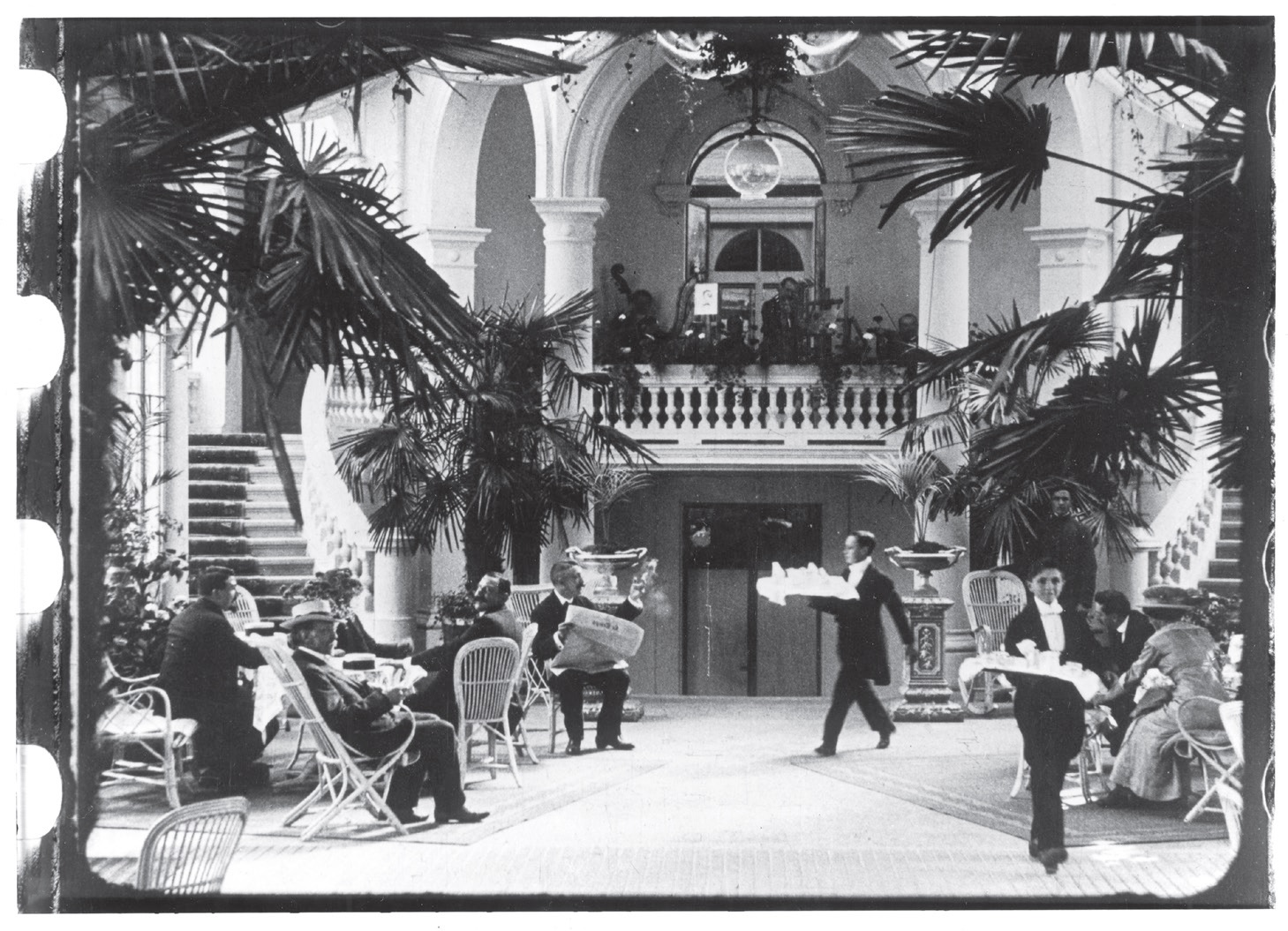
During the first day of the Ca’ Foscari Short Film Festival the special program Once upon a time…Switzerland took place. It was curated by Massimiliano Maltoni in collaboration with Cinématèque Suisse and the Swiss Consulate in Venice. «A jump in the past with absolutely no intention of being nostalgic»: this is how Maltoni introduces the 19 fragments dating back to one century ago: films that recall the history of Swiss cinema, important sources regarding the safeguard of the national artistic and historic heritage of Swiss film.
The cinema arrives in Switzerland partly thanks to some initiatives organised by national historical persons, such as Casimir Sivan, owner of an industry in Geneva that used to produce watches. Sivan bought a kinematograph he modified it using a 38m film and patented it. With this peculiar camera, he shot some films of Switzerland landscape and views. The opening work belongs to him: Les bains de la Jetée de Pâquis (1896).
These short films depict the life in the cities, the folklore of the countryside celebrations and the big events like Expo in Geneva in 1896 (“The National Exposition in Geneva” by Alexander Promio), which beside the big flow of turists saw also the presence of the very first camera operators. The surprise towards this new media is perceived in the confused, surprised and at the same time curious gaze of the pedestrians, like in the short film L’operatore del cinegiornale svizzero in azione (The camera operator of the swiss cine-journal in action), of 1925, which shows the birth of cine-journals.
On the other hand, Officina metallurgica di Frauenfeld (Metalurgic garage of Frauenfeld) almost looks like a Sci-Fi film. «Others» adds Maltoni «almost seem kolossals, considering the great presence of people on screen». Cinema soon focuses its attention on Swiss landscapes: «It’s impossible to talk about Swiss cinema without showing its mountains, as it is impossible forget William Tell, main character of the funny riddle Willheim Tell, 1910. Finally, the film Sfilata primaverile di moda (Spring fashion show), 1918, hand-painted with delicate colours, and Pour Être Hereux, 1928, a funny advertisement «that maybe next year might be object of a experimental exploration of Swiss cinema», Maltoni comments.

